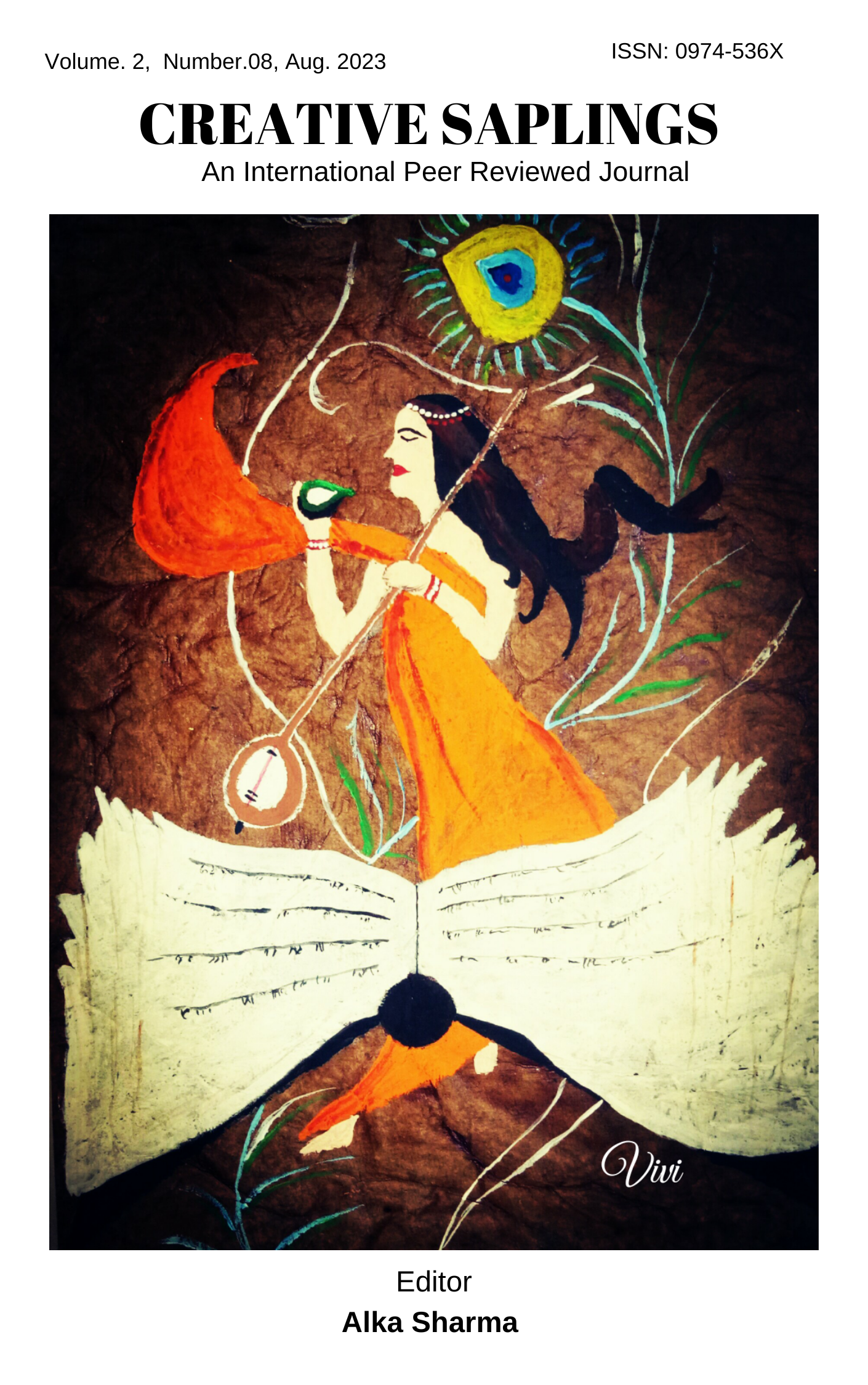Dalit Feminism and the Intersection of Class, Caste and Gender in The Prisons We Broke by Baby Kamble
DOI:
https://doi.org/10.56062/gtrs.2023.2.05.362Keywords:
Dalit feminism, intersections, caste, gender, prison.Abstract
Dalit feminism emerged as a response to mainstream Indian feminism, which tended to downplay caste related issues. Dalit feminism studies not only the patriarchal oppression of Dalit women at the hands of upper-caste men but also from the members within their own caste. Baby Kamble grapples with this issue as a writer as well as an activist. This paper attempts to study the intersectional impact of caste, gender and class in her work The Prisons We Broke using the Dalit feminist theoretical approach. It attempts to analyse the textual representation of Dalit women’s predicament not only through the portrayal of the interlinked complexity of caste, gender and class-based oppressions but also through the intersection and overlapping of these realities within the autobiographical rubric of writing. In her seminal work, Baby Kamble exposes the deprivation of Dalits and the struggles and oppression of Dalit women. Kamble seems to immerse or place herself within the community but does not leave out the complexity of identity for a Dalit woman. Her autobiography thus disrupts the standard concepts of autobiography that place individual at the centre. As opposed to the existing gap among mainstream feminist movement, there seems to be a scope to reshape feminist solidarity among the Dalit feminist scholarship. This paper builds upon the major concerns shared by Dalit feminists within the social structures that assert the subjugation of Dalit women using the lens of caste and gender. It further attempts to extend the theoretical scope and applicability of Dalit feminism by exploring the conceptual specificity of the social reproduction of the social location-based knowledge of Dalit women’s predicament.
Downloads
References
Ambedkar, Babasaheb, “Rise and Fall of Hindu Women”, The Journal of Mahabodhi Society, Calcutta, Reprint, (1950) pp 6-48, Sugat Prakashan.
Arya, Sunaina, and Aakash Singh Rathore (Editors) Dalit Feminist Theory: A Reader1st Edition. Routledge India, 2019.
John, Mary E, “Intersectionality: Rejection or Critical Dialogue?”. Economic and Political Weekly, Vol. 50, Issue No. 33, 15 Aug, 2015.pp 72-76. https://www.jstor.org/stable/24482414
Kamble, Baby. tr. Maya Pandit. The prisons We Broke, Orient Blackswan, 2008.
Manorama, Ruth. “Background Information on Dalit Women in India”. WURN.COM (WOMEN’S UN REPORT NETWORK) https://wunrn.com/http://www.wunrn.org/news/2006/12_11_06/121806_india_dalit.htmL
Pan, Anandita. Mapping Dalit Feminism: Towards an Intersectional Standpoint. SAGE, 2021.
Patil, Smita. M. “Revitalising Dalit Feminism: Towards Reflexive, Anti-Caste Agency of Mang and Mahar Women in Maharashtra”. Economic and Political Weekly, Vol. 48, No. 18 (MAY 4, 2013), pp. 37-43 https://www.jstor.org/stable/23527307
Rege, Sharmila. Writing Caste/Writing Gender: Narrating Dalit Women’s Testimonies, Zubaan, 2006.
Downloads
Published
Issue
Section
License
Copyright (c) 2023 Runa, Sahar Rahman

This work is licensed under a Creative Commons Attribution-NonCommercial 4.0 International License.





